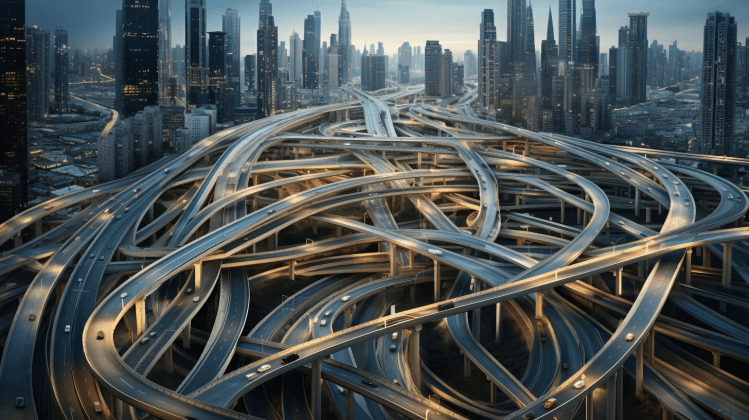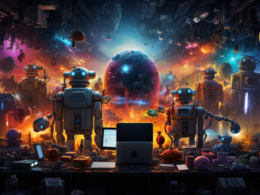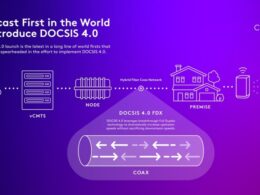Did you spend your weekend driving down the New Jersey Turnpike, pondering the parallels between Marc Andreessen’s views on AI and Robert Moses’ visions for cities? These ideas have consumed my thoughts lately. Andreessen’s “Techno-Optimist Manifesto” has been at the forefront of my mind, even as I enjoyed the Taylor Swift Eras Tour movie with my niece. His 5,000-word manifesto is filled with statements like “We believe that since human wants and needs are infinite, economic demand is infinite, and job growth can continue forever” and “We believe any deceleration of AI will cost lives.”
At first, I found Andreessen’s essay amusing, even hilarious. Building AI to enable our descendants to “live in the stars”? It seemed far-fetched. However, upon further reflection, I realized that his manifesto brings up serious points. It reminded me of Robert Moses, the renowned urban planner, who was known for his unwavering confidence and determination to transform cities.
The Uncompromising Vision of Robert Moses
Robert Moses was notorious for his efforts to revolutionize New York City and beyond. He believed it was necessary to “build” and eliminate “blight” by constructing high-rise public housing projects and creating new highways. His ambitious plans led to the displacement of a quarter of a million New Yorkers, a fact often overlooked by his achievements such as Jones Beach State Park, the Triborough Bridge, Lincoln Center, and Shea Stadium.
Moses firmly believed in prioritizing traffic and automobiles, envisioning cities as places where private cars could seamlessly traverse expressways to suburban areas. However, his legacy has been reevaluated, and cities today are moving away from this car-centric approach. Pedestrian areas and bike paths are being prioritized, with initiatives to re-imagine traffic nightmares like the Cross-Bronx Expressway.
The Bold Assertions of Marc Andreessen
Similarly, Marc Andreessen advocates for a single-minded approach to AI in his Techno-Optimist Manifesto. He sees AI as a universal problem solver and suggests building it without being weighed down by concerns such as sustainability, social responsibility, tech ethics, and risk management. Andreessen even boldly proclaims that “We have the silver bullet for virtually unlimited zero-emissions energy today – nuclear fission,” and advocates for the exploration of nuclear fusion as well.
While Andreessen’s confidence is commendable, it is essential to acknowledge the uncertainty surrounding AI’s future. Tech prophecies, like the Techno-Optimist Manifesto, rely on assumptions rather than concrete facts. Just as Robert Moses’ predictions for cities turned out differently, we must approach AI with humility and embrace the fact that there is much we do not know.
Considering Andreessen’s VC firm’s location in Manhattan’s SoHo district, it is worth reflecting on the Lower Manhattan Expressway, Moses’ failed plan that would have greatly affected neighborhoods like SoHo and Greenwich Village. The pushback led by activists like Jane Jacobs ultimately prevented the destruction of these vibrant communities. This serves as a reminder that humility and a willingness to admit uncertainty might carry more weight than manifestos proclaiming the infallibility of technological progress.
As we continue to build a thriving AI community, it would be wise to avoid a Moses-style reckoning. Let us tread carefully and consider diverse perspectives as we shape the future of artificial intelligence. Only then can we ensure that our technological advancements truly benefit society.










